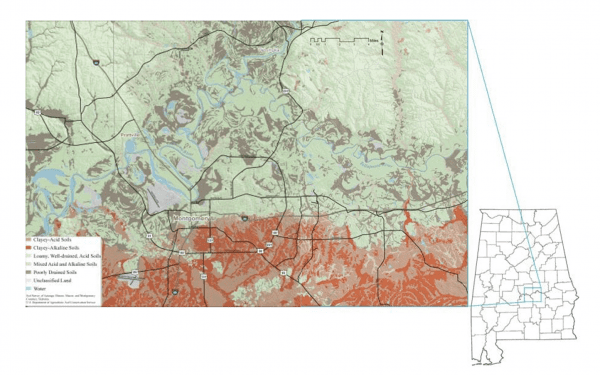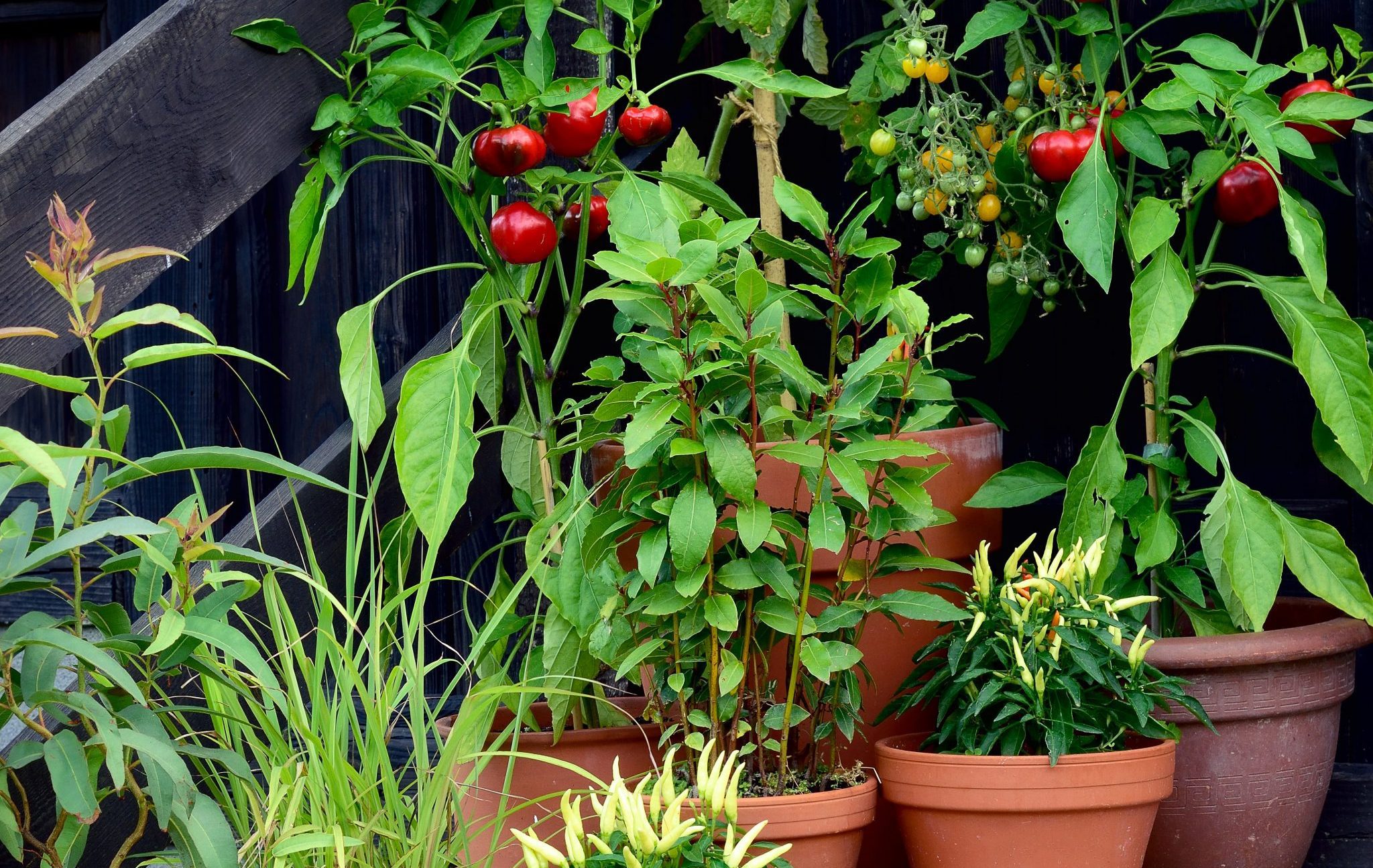Landscaping

Learn about the soils in the Montgomery/Prattville/ Wetumpka metropolitan area. Residents on these soils may nd challenges when selecting landscape plants that will do well on their particular soil.
Urban development in parts of Montgomery, Autauga, and Elmore counties in Central Alabama has occurred on a diversity of soils unlike any other region of the South. Soils in the Montgomery/Prattville/ Wetumpka metropolitan area include sandy and loamy upland soils of the Coastal Plain; alluvial terraces and poorly drained floodplains of the Alabama, Coosa, and Tallapoosa rivers; and alkaline and acid, clayey soils of the Alabama Black Belt prairie region. New residents on these soils may find challenges when selecting landscape plants that will do well on their particular soil. Some may encounter problems with drainage, building foundations, and on-site wastewater disposal. This map and plant selection information may help homeowners and gardeners select the best landscape plants for their site and soil.
Clayey, Alkaline Soils
Soils in this group have a pH above 7.0. They may have a shallow olive gray, clayey topsoil overlying Selma Chalk, which is a soft limestone containing mostly calcium carbonate. Runoff can be rapid on slopes, resulting in a high erosion hazard. These soils have moderately slow to slow infiltration and permeability and moderately high capacity for holding available moisture. These soils swell when wet and shrink when dry, resulting in large cracks forming during dry spells. They are good for small pond construction, but present problems for septic tank field lines because they perk very slowly.
Native vegetation includes grasses, deciduous shrubs, red cedar (juniper), and mixed hardwood trees.
Hardwood trees do poorly on sites where the chalk is within 12 inches of the surface. Pines do not grow well on these soils. Trees that do well include eastern red cedar, live oak, white oak, ash, hackberry, crabapple, redbud, and crape myrtle. Bermudagrass is an excellent lawn grass for sunny areas. Zoysia and St. Augustine will tolerate some shade. In the landscape, avoid using acid-loving plants such as azalea, blueberry, hydrangea, gardenia, camellia, and centipedegrass. Landscape plants that do well include most junipers, ornamental grasses, Chinese hollies, yaupon hollies, nandina, euonymuses, ligustrums, wax myrtles, oleanders, eleagnus, buddleias, and winter honeysuckles. Raised beds aid drainage and prevent drowning of young plants during wet weather.
Clayey-Acid Soils
These soils have a natural pH below 7.0. Several feet of acid, clayey soil may overlie alkaline Selma Chalk. For garden vegetables and some ornamentals, lime may be needed if the soil pH is below 5.5. These soils have slow water infiltration and slow permeability but a high water- holding capacity. They may be very sticky during wet weather. Like the clayey, alkaline soils, they may swell in wet weather and shrink in dry weather, forming large cracks. These soils are well suited to pond construction but present problems for septic tank filter fields and structural foundations.
Plants, such as azalea, that have a shallow root system and require well-drained soils do not grow well on these soils. All warm-season, perennial turfgrasses will grow on these soils. Pine trees will grow on the better drained sites, but white oaks, red oaks, pecans, and other deciduous trees make better landscape trees. Most landscape plants and gardens benefit from raised beds.

Loamy, Well-Drained Soils
These soils are naturally acid and will require liming and fertilizing according to a soil test for most landscape plants and garden crops. A reddish orange subsoil color is one indication of a well-drained soil. Surface soils could be sandy to clayey, but all are low in soil organic matter and benefit from generous and frequent applications of organic matter, compost, and mulches. These soils have many uses with low risk of erosion, leaching, or structural failure. They have no limitations or only slight limitations for small structures, streets, landscaping, and septic tank filter fields.
Most landscape and garden plants associated with the southern United States will grow well if properly cultivated. Acid-loving plants requiring a well-drained soil do well with reasonable management. These plants include azalea, blueberry, camellia, gardenia, hydrangea, centipedegrass, and pine trees.
Poorly Drained Soils
These soils are mostly level and may range from sandy to clayey. They remain saturated for most of the year. Many are in the floodplains of major rivers or streams. Excessive wetness limits the use of these soils, but they provide excellent habitat for wildlife. Drainage is required for most uses other than woodland and wildlife habitat.
Mixed Acid and Alkaline Soils
These are small areas with mixed soils of the first three groups. The nature of a soil at any location may be identified by digging a hole about 3 feet deep and observing changes in the soil horizons, or layers. A surface soil test will determine if the soil is acid or alkaline. Consulting a detailed soil map may be helpful for large tracts of land.
Unclassified Land
These are government properties, disturbed land, or other areas that have not been mapped and are not available for development.
Charles C. Mitchell, Extension Specialist, Professor, Agronomy and Soils, Auburn University, Donn Rodekohr, Agricultural Program Associate, and Shane Harris, County Extension Coordinator for Tallapoosa County.
Reviewed July 2021, Soil Descriptions and Plant Selections for the Montgomery/Prattville/Wetumpka Area, ANR-0966

